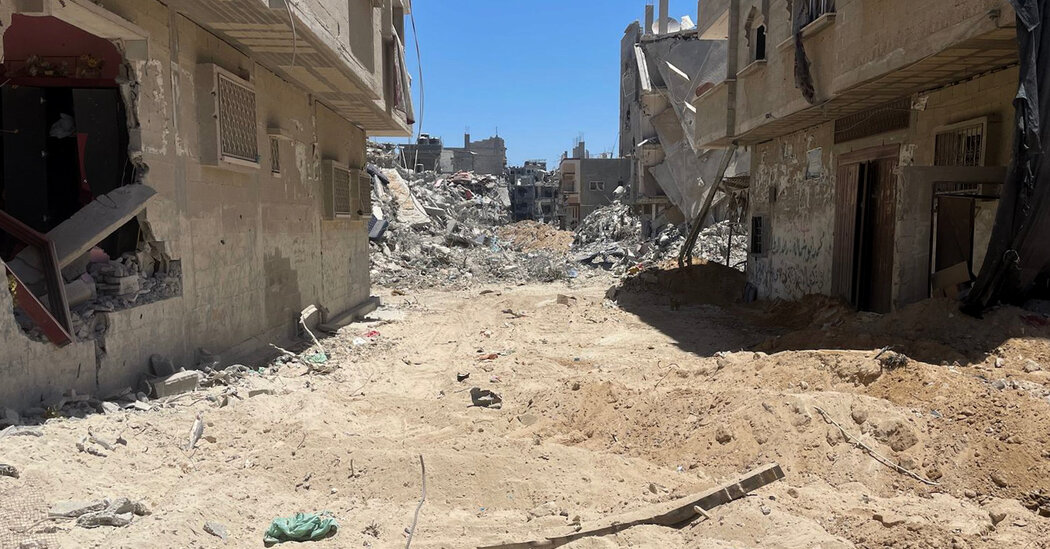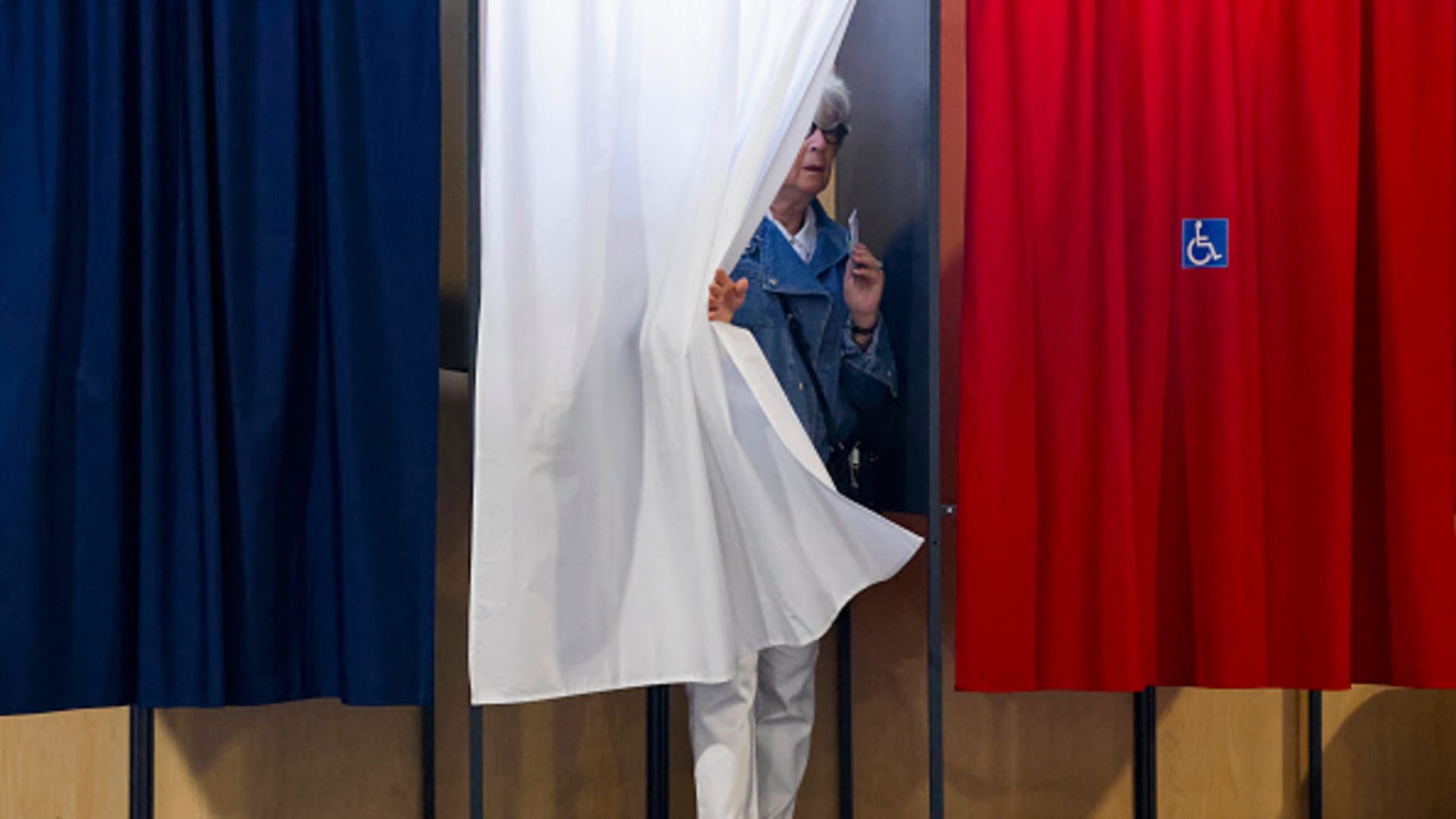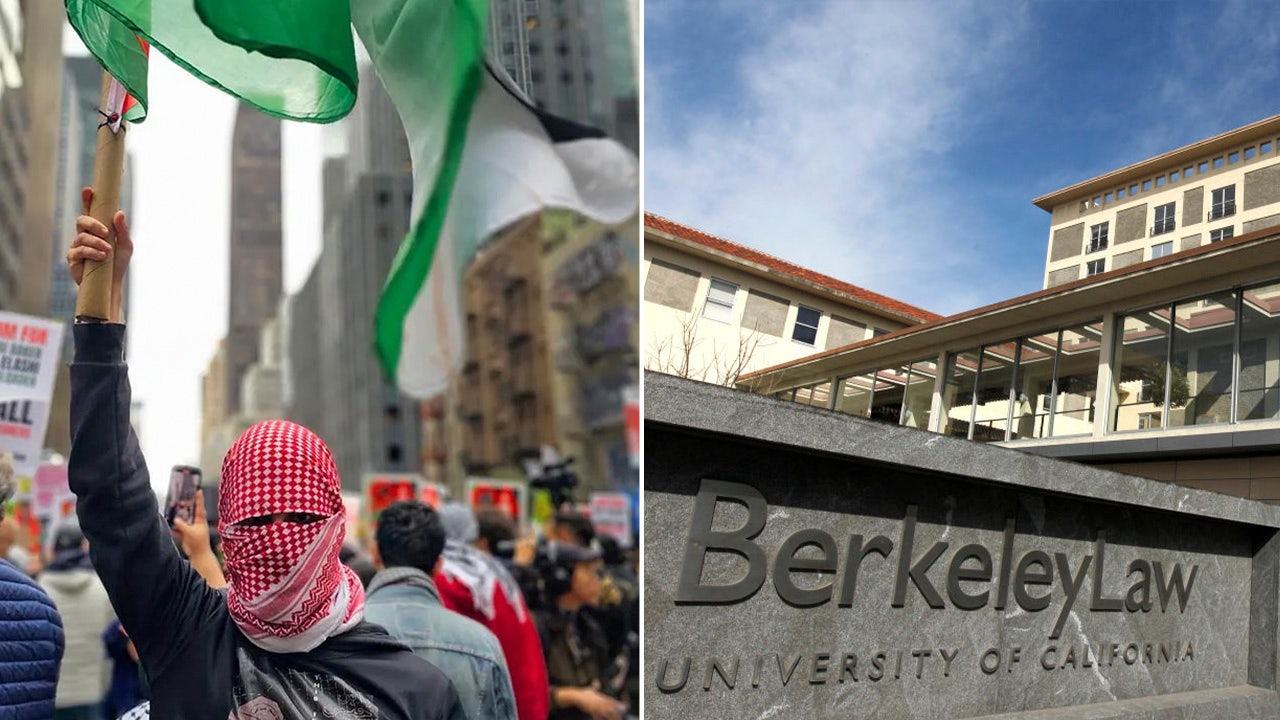The armed convoy of jeeps filled with reporters rumbled into a dusty Rafah, passing flattened houses and battered apartment buildings.
As we dismounted our Humvees, a stillness gripped this swath of southern Gaza, near the border with Egypt. Slabs of concrete and twisted rebar dotted the scarred landscape. Kittens darted through the wreckage.
Streets once bustling with life were now a maze of rubble. Everyone was gone.
More than a million people have fled to avoid an Israeli onslaught that began two months ago. Many have been displaced repeatedly and now live in tent cities that stretch for miles, where they face an uncertain future as they mourn the loss of loved ones.
As Israel says it is winding down its operation against Hamas in Rafah, the Israeli military invited foreign journalists into the city on a supervised visit. The military says that it has fought with precision and restraint against Hamas fighters embedded in civilian areas.
But the death, destruction and mass displacement of civilians have left Israel increasingly isolated diplomatically.
More than 38,000 Palestinians have died in the conflict, according to the Gazan health ministry. Although that figure does not distinguish between civilians and Hamas fighters, it includes the dozens killed in May when Israel dropped a pair of 250-pound bombs on a tent camp in Rafah.
Prime Minister Benjamin Netanyahu of Israel has placed the number of Palestinian dead at about 30,000 and said that about half were civilians.
The Israeli invasion was intended to destroy Hamas and free its hostages. So far, it has accomplished neither.
By the military’s count, it has killed at least 900 members of the Hamas brigade in Rafah and 15,000 Hamas fighters overall.
But three months after Mr. Netanyahu declared that “total victory is within reach,” the military acknowledges that the Rafah siege has eliminated only one-third of Hamas’s brigade. Hamas’s leadership remains intact. And roughly 120 hostages are believed to remain somewhere in Gaza, although about a third are thought to be dead.
Palestinians who fled the city have no idea when they will return and what they will find when they do. Marwan Shaath, 57, said he and his family had left behind their three-story home. “It was meant to be the family home for generations to come,” he said in an interview. His friends have sent him pictures of what is left. “It is badly hit. Half of it is down already. No walls, no windows and big parts of it were burned.”
The fighting in Rafah has been intense, Israeli officials said, with Hamas laying hundreds of booby traps. Officials showed us a video that they said showed a home outfitted with 50-gallon drinking-water tanks stuffed with remote-controlled explosives.
On Friday, the Israeli military said it had killed dozens of Hamas fighters in Rafah, and Col. Yair Zuckerman, the commander of the Nahal Infantry Brigade fighting in Rafah, taunted his Hamas counterpart as he briefed us.
“Where is the Rafah Brigade commander?” he asked.
The military supervised our visit to Rafah. We had to stay with the convoy, although Israeli officials did not review or censor our work. A representative of Hamas did not respond to text messages seeking comment.
We saw the periphery of a neighborhood that had been shredded by fighting. It was clear where Israeli forces had punched into Rafah from the south, smashing corridors for their tanks and troops. The air was thick with sand and fine debris.
Artillery, fighter jets and bulldozers had leveled buildings or reduced them to shells. From where we stood, the scale was incalculable, although it has been measured by satellites. We saw dozens of aid trucks, but it was impossible to assess relief efforts, which the United Nations has criticized as woefully inadequate.
Israel has accused Hamas of using Palestinians as human shields, positioning rocket launchers near schools and building tunnels beneath crowded neighborhoods, including in Rafah.
The military showed us photos of cameras positioned around a neighborhood, which officials said allowed Hamas to monitor Israeli forces and plan attacks against them. Israeli soldiers say they found Hamas fighting kits scattered in many homes, along with advanced weapons like Russian-made surface-to-air missiles.
Israeli officials argue that such tactics justify fighting in sometimes crowded neighborhoods, where Hamas fighters hide and stash weapons.
But Hamas’s guerrilla tactics also reflect a power imbalance between a sophisticated military and a militia that relies on smuggled weapons.
Much of that smuggling, Israeli officials say, occurs not far from where we stood, at the Rafah border crossing and in tunnels to Egypt. Stopping the flow of weapons was a key reason for Israel’s operation in Rafah. Israeli officials have described these smuggling routes as Hamas’s “oxygen.”
Despite a longstanding Israeli blockade and an Egyptian campaign to stop underground smuggling, Israel’s military spokesman told us that soldiers had found tunnels — he would not say how many — along the border. It was not clear how many of those tunnels were active before the war started.
“A lot of terror infrastructure was built next to the border,” said, Rear Adm. Daniel Hagari, the military’s chief spokesman.
A little over a football field’s length away from the border, the military took us to a manhole-like entrance to a tunnel between a pair of damaged homes. Destroying these tunnels can be devastating to the buildings above them.
“We are ordinary people living over the ground,” Mr. Shaath said. “I don’t know what happens under the ground, and whatever is happening is not my fault as a civilian.”
More than two dozen Israeli soldiers have been killed fighting in southern Gaza, including eight last month in an explosion in Rafah that was one of the deadliest attacks on Israeli soldiers since the ground invasion war started in Gaza. While we were there, Israeli sniper fire occasionally crackled.
Israeli officials have identified nearly 700 soldiers who have been killed since the terrorist attacks of Oct. 7, when Hamas-led gunmen stormed into Israel, taking hostages and killing civilians, including women and children. Officials say about 1,200 people died that day.
One of them was Col. Jonathan Steinberg, the previous commander of Nahal. Hours after his death, Colonel Zuckerman replaced him. He told us that he and his troops planned to finish the job in Rafah.
We climbed into the jeeps and drove to another nearby spot, with a vista of the rest of Rafah extending to the sea. Admiral Hagari climbed atop a small sandy hill.
He pointed toward Tal al-Sultan, another Rafah neighborhood. Out there, he said, hostages were being held. A small group of Americans could be among them.
Freeing them, he said, required rescue operations or military pressure.
“We will bring back the hostages,” he told us. “Any one of your countries would do the same after Oct. 7.”
Abu Bakr Bashir contributed reporting from London.















